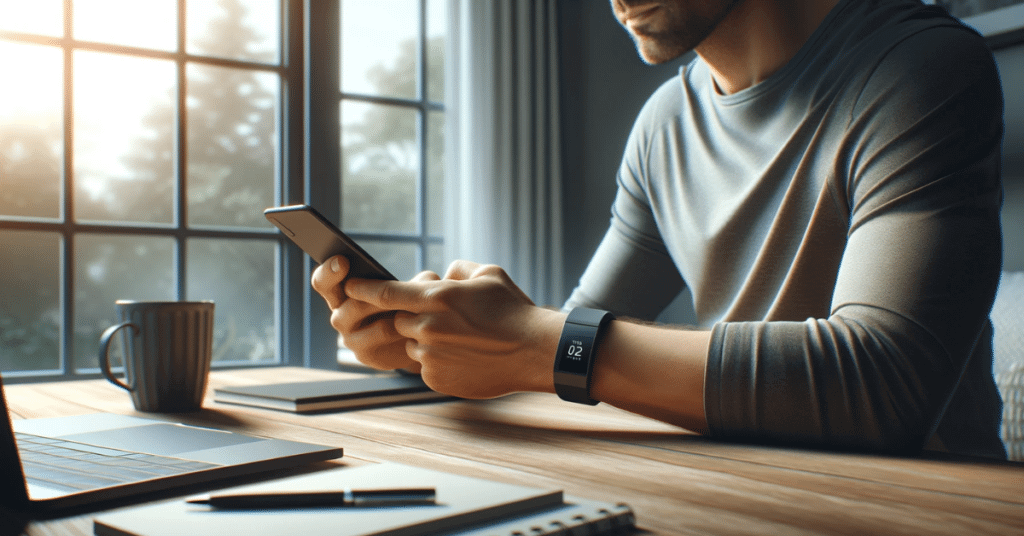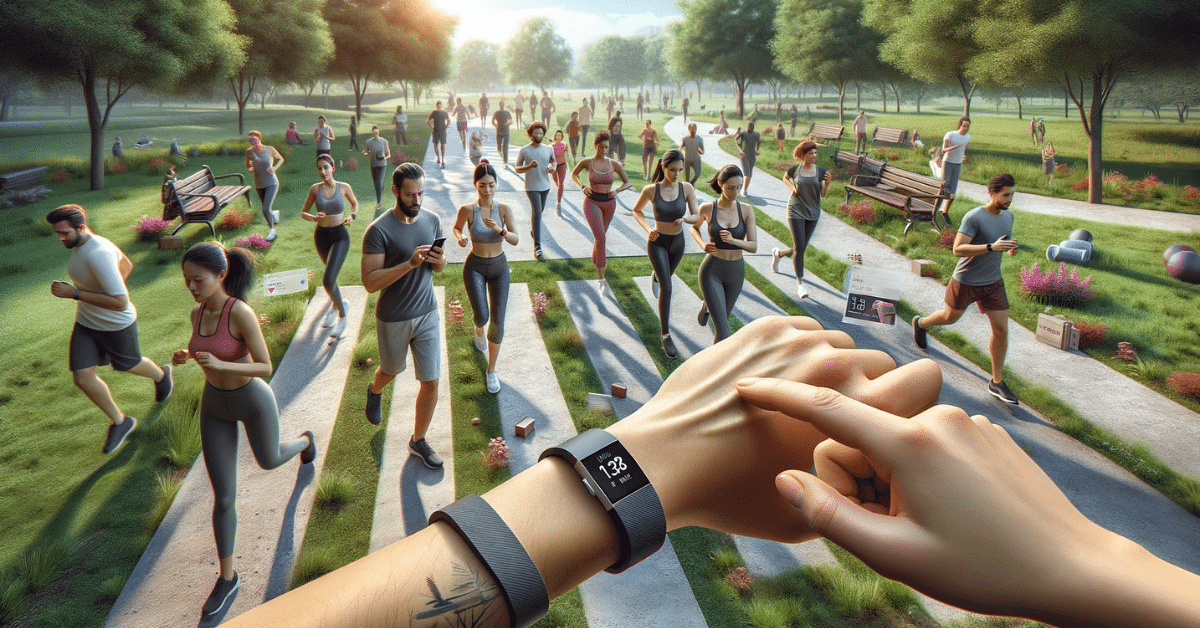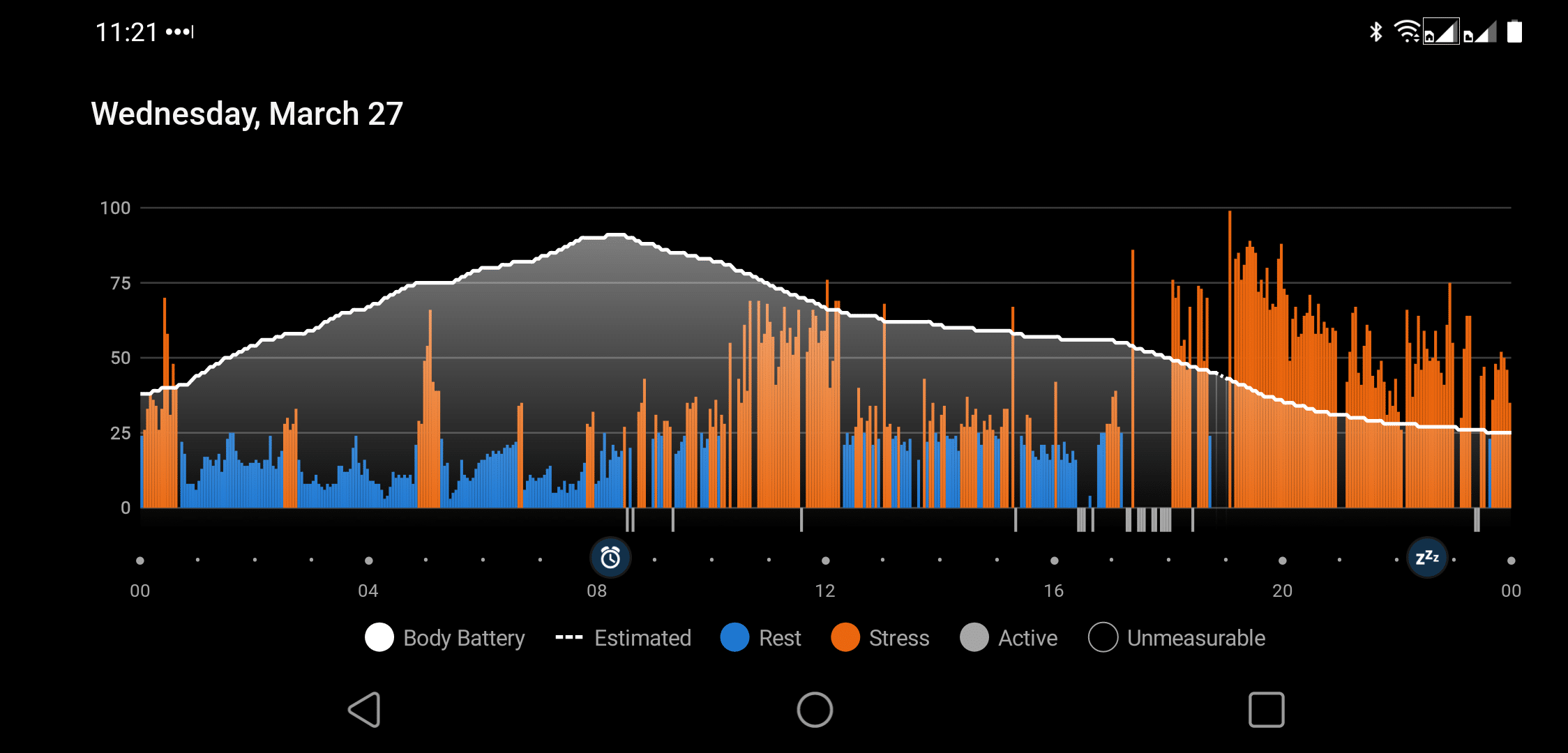Hey there, fellow Fitbit enthusiasts! We’re all in this journey of fitness and health together, aren’t we? Our trusty Fitbit is like the cool, tech-savvy buddy that keeps us on track. But let’s be real – sometimes, it feels like it’s marching to the beat of its own drum, especially when it comes to accuracy.
Whether it’s counting those extra steps we swear we didn’t take or getting our heart rates puzzled, we’ve all been there. So, let’s dive into some tricks to make our Fitbits work better for us.
Key Takeaways
- Learn how its sensors and algorithms work, and how external factors can affect readings.
- Proper placement and fit are key to accurate heart rate and activity tracking.
- Customize Fitbit settings to match your unique lifestyle for more precise data.
- Use manual calibration and external benchmarks to fine-tune your Fitbit’s accuracy.
- Explore advanced settings and sync with other health apps for a comprehensive wellness view.
Understanding Your Fitbit’s Sensors and Algorithms
Imagine your Fitbit as a mini supercomputer on your wrist. It’s packed with sensors, like an accelerometer and heart rate monitor, diligently recording your every move. But it’s not just about the data; it’s the brain behind the brawn – the algorithm – that interprets this information. These algorithms are like detectives, analyzing clues to make sense of your activities. They’re smart, but not infallible.
| Sensor Type | Function | Impact on Accuracy |
|---|---|---|
| Accelerometer | Measures motion and acceleration | Essential for step counting and activity recognition |
| Heart Rate Monitor | Tracks heart rate using optical sensors | Influences calorie burn estimation and sleep tracking |
| Gyroscope | Detects orientation and rotation | Helps in activity type recognition (e.g., swimming) |
| Altimeter | Measures altitude changes (e.g., climbing stairs) | Assists in tracking elevation gains |
External factors can play the role of a trickster, misleading the algorithm. For example, a bumpy bus ride might be mistaken for a vigorous walk. Understanding the nuances of these sensors and algorithms can help you optimize their accuracy. Think of it as becoming fluent in Fitbit’s language – the better you understand it, the more effectively you can communicate with your device.
Sensors and algorithms are influenced by a myriad of factors – from the speed of your movements to the steadiness of your wrist. A slight change in wrist angle or a different type of movement can result in different readings. It’s like trying to understand a friend who speaks in riddles – the more you practice, the better you get at deciphering the message.
Optimal Placement and Wearing Tips for Maximum Accuracy
Wearing your Fitbit correctly is an art form. It needs to be snug but comfortable – think of it as a friendly handshake with your wrist. The placement is key – just above the wrist bone is the sweet spot for most activities. This position optimizes the heart rate sensor’s accuracy, ensuring it gets a clear reading of your pulse.
When engaging in various activities, consider the type of movement involved. High-intensity workouts might require a tighter fit to prevent the device from sliding, while more sedentary activities like typing or sleeping call for a looser fit. It’s a dance of adjustment – finding that perfect balance between comfort and accuracy.
| Tip Category | Description | How It Improves Accuracy |
|---|---|---|
| Correct Wearing | Proper placement and tightness on the wrist | Ensures consistent and accurate sensor readings |
| Personalized Settings | Customizing stride length, weight, height | Tailors the device to individual physical attributes |
| Regular Calibration | Aligning Fitbit data with known distances | Enhances step count and distance tracking accuracy |
| Software Updates | Keeping the Fitbit updated with the latest software | Access to improved features and bug fixes |
| Integration with Health Apps | Syncing Fitbit with other health applications | Provides a more comprehensive health overview |
But it’s not just about the tightness or position. Your skin tone, tattoos, and even body hair can impact the sensor’s ability to read accurately. It’s like trying to have a conversation in a noisy room – sometimes you need to move to a quieter spot to hear better. This means experimenting with different positions on your wrist to find the one where your Fitbit can hear you loud and clear.
Personalizing Your Fitbit Settings for Your Lifestyle
Your Fitbit is as unique as you are, and personalizing its settings is crucial for accurate tracking. Dive into the settings to tailor your Fitbit to your specific needs. Adjusting your stride length, for instance, can make a world of difference in step count accuracy. It’s like calibrating a musical instrument – the better it’s tuned, the more beautiful the music.
The Fitbit app is your command center – use it to set goals, track progress, and understand your health metrics. It’s a window into your wellness, offering insights and patterns you might miss otherwise. Setting up the app correctly ensures that your Fitbit understands your daily routine and fitness goals, enhancing its ability to track your progress accurately.
Customization is not just about setting up basic parameters like height and weight. It’s also about aligning your Fitbit with your lifestyle. Whether you’re a night owl or an early bird, a runner or a swimmer, your Fitbit can be configured to understand and adapt to your personal rhythm and routine.
Advanced Calibration Techniques
Taking calibration to the next level involves a bit of experimentation. Manual calibration is like fine-tuning an instrument – it requires patience and precision. Start by tracking a known distance and compare your Fitbit’s data to a reliable source, like a GPS tracker. This exercise helps in aligning your Fitbit’s step count with reality, ensuring it recognizes your unique stride and pace.
Regular calibration is crucial, especially if you change your workout routine or if your fitness level evolves. It’s like updating a map – the landscape might change, and your navigation tool needs to keep up. Calibration isn’t a set-and-forget affair; it’s an ongoing process that ensures your Fitbit stays in tune with your life.

Using external benchmarks, like known distances or other fitness devices, provides a reality check for your Fitbit. It’s a way to cross-reference its data and ensure its accuracy. Think of it as getting a second opinion – it’s always reassuring to have confirmation that you’re on the right track.
Beyond the Basics: Leveraging Fitbit’s Full Potential
Unearthing the hidden features of your Fitbit is like discovering secret passages in a familiar castle. There are numerous advanced settings and features waiting to be explored. For instance, adjusting sleep sensitivity settings can provide a more accurate picture of your sleep patterns, especially if you’re a restless sleeper.
Integrating your Fitbit with other health apps opens up a world of possibilities. It’s like creating a health ecosystem where each app brings its own strengths, providing a comprehensive view of your overall wellness. This integration allows for a more detailed and accurate understanding of your health, from nutrition to exercise to sleep patterns.
Keeping your Fitbit updated with the latest software ensures you have access to the most recent features and improvements. It’s like giving your device a regular health check-up – it keeps it running smoothly and efficiently.
Conclusion
And there you have it – a treasure trove of tips to make your Fitbit your best fitness pal. Remember, every Fitbit is as unique as its wearer. Play around with these tips, find what tickles your fitness fancy, and watch your health journey soar.
As we wrap up this Fitbit fiesta, remember: the world of fitness trackers is always changing, growing, and getting smarter. Staying updated is key to keeping your Fitbit game strong. So, go ahead, give these tips a whirl, and let your Fitbit surprise you with its newfound accuracy. Happy tracking!
More Information
- Fitbit Stress Management: Discover the Path to Serenity
- Fitbit: From Basic Fitness to Advanced Health Tracking
- Navigating Fitbit’s EDA Sensor for Stress-Free Living
- Advanced Strategies for Maximizing Your Fitbit Stress Score
- Fitbit App: The Social Fitness Revolution
- Guide: Integrate Your Fitbit with a World of Apps
- Maximizing Your Health Insights with Fitbit Skin Temperature Feature
Frequently Asked Questions
How Does Fitbit Calculate Calorie Burn and How Accurate Is It?
Fitbit calculates calorie burn using a combination of your basal metabolic rate (BMR) and physical activity data. BMR is estimated based on your age, gender, weight, and height, while activity data comes from the device’s sensors. The accuracy can vary; typically, it’s more accurate for moderate to vigorous activities. However, individual variances in metabolism and the limitations of wearable technology mean it’s not 100% precise. It’s best used as a guideline rather than an exact measurement.
Can Skin Tone or Tattoos Affect Fitbit’s Heart Rate Accuracy?
Yes, skin tone and tattoos can affect Fitbit’s heart rate accuracy. Optical heart rate monitors, like those used in Fitbits, rely on light to detect blood flow. Darker skin tones and pigments from tattoos can potentially interfere with the light’s penetration, affecting the sensor’s ability to accurately measure heart rate. Fitbit continuously works to improve its technology, but these factors can still cause discrepancies in heart rate readings.
What Steps Can I Take to Improve My Fitbit’s Step Count Accuracy?
To improve your Fitbit’s step count accuracy, ensure that your personal details (height, weight, and stride length) are correctly entered in the app. Wearing the device properly – snugly on your wrist – also helps. Additionally, regularly calibrating your Fitbit by walking a known distance and adjusting your stride length in the app can enhance accuracy. Remember, different activities can influence step count, so consider this in your overall activity tracking.
How Does Fitbit Track Sleep, and How Reliable Are the Results?
Fitbit tracks sleep using a combination of motion detection and heart rate variability. When you’re asleep, your movements are limited, and your heart rate typically lowers and becomes more regular. Fitbits use this data to estimate when you’re asleep and to identify different sleep stages. While these estimates are generally reliable, they should not be considered medically accurate. Factors like restlessness or staying still while awake can also affect the accuracy of sleep tracking.
What Should I Know About Fitbit’s Accuracy in Controlled Environments Versus Real-Life Settings?
Fitbit devices tend to be more accurate in controlled environments where variables can be better managed. In real-life settings, various factors like movement type, terrain, and personal habits can impact accuracy. For instance, step counting in a controlled environment (like a treadmill) might be more accurate than in daily activities where movements are more varied. Understanding these limitations helps in interpreting Fitbit data more effectively in day-to-day life. It’s important to view your Fitbit as a tool for general tracking rather than precise measurement in real-world scenarios.




